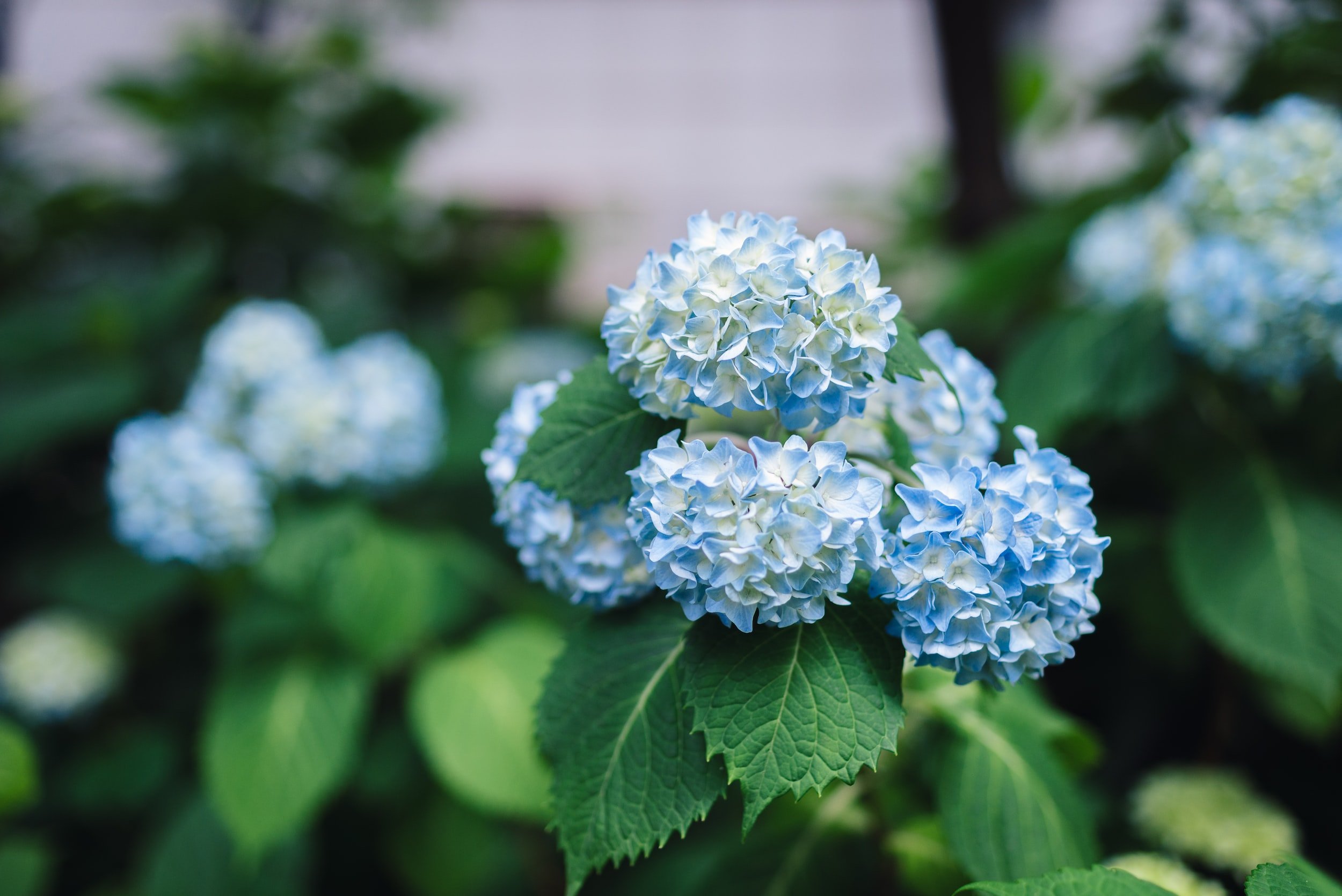Unknown Facts About Hydrangea Leaves Turning Yellow
Unknown Facts About Hydrangea Leaves Turning Yellow
Blog Article
Everything about Hydrangea Leaves Turning Yellow
Table of ContentsWhat Does Hydrangea Leaves Turning Yellow Do?The Definitive Guide for Hydrangea Leaves Turning YellowThings about Hydrangea Leaves Turning YellowLittle Known Questions About Hydrangea Leaves Turning Yellow.The Ultimate Guide To Hydrangea Leaves Turning YellowThe smart Trick of Hydrangea Leaves Turning Yellow That Nobody is Talking About
One opportunity is that the plant is not obtaining adequate sunshine. Throughout the winter season, the days are much shorter, and the sunlight is not as extreme, so ensure to place your Hydrangea in a spot where it will get at the very least 6 hours of sunshine daily. An additional factor for Hydrangea yellow leaves in winter months might be as well much water.The leaves might be transforming yellow due to temperature level stress and anxiety. Hydrangeas like cooler temperature levels, so if the plant is in an area that gets also hot or too cool, the fallen leaves will certainly transform yellow. If you believe temperature stress may be the problem, try relocating your Hydrangea to a different place or safeguarding it from the elements with a cloth cover.
New development will be observed in very early springtime, when you'll observe green vegetation growing from stems that may have appeared dead. Nonetheless, if your fallen leaves are turning brownish in springtime or summertime, there are likely various other aspects at play. The precise factors depend on the variety and their expanding conditions, yet in general, brownish hydrangea fallen leaves suggest dehydration and wilting in the heat
Things about Hydrangea Leaves Turning Yellow

Wilting is caused by absence of dampness, implying there are a few good tricks to use to stop this from occurring. Offer your hydrangeas a healthy glug of water every few days when the temperature levels are climbing high, and deal with the soil to much better keep dampness. After watering, a dab of mulch around the base of each plant ought to assist with this by maintaining moisture in the dirt.
This interrupts fungis spores from settling. "The Botrytis fungus thrives in great and damp conditions, so avoid showering the entire plant when sprinkling and simply water at the origins," shares Roy Nicol, a Master Horticulturist. If you've missed the chance for prevention and are managing an infection you ought to eliminate all dead or drastically contaminated fallen leaves from the plant and damage them to stop more spread.
Not known Factual Statements About Hydrangea Leaves Turning Yellow
As a basic general rule, we recommend eliminating leaves when they are 50% brown or greater. While browning Visit This Link triggered by any kind of factor can't be turned around, taking the restorative action defined above will certainly encourage the plant to grow brand-new leaves so the harmed fallen leaves either drop off naturally or can be gotten rid of by the garden enthusiast.
Hydrangeas ought to be sprinkled only when the leading few inches of dirt are dry, and must be offered a detailed soaking each time. Underwatered hydrangeas are most likely to have yellow, wilting, and drooping fallen leaves.
The way you take care of hydrangea leaves turning yellow relies on the crucial issue triggering the yellow fallen leaves. This can be challenging to determine, however as soon as you do you will have the ability to adjust your plant treatment as necessary to deal Full Report with the issue. As pointed out before, a typical problem with hydrangeas is nutrient deficiencies.
Hydrangea Leaves Turning Yellow Can Be Fun For Anyone
During the top growing period, you must sprinkle at a price of concerning 1 inch weekly. If you are bothered with not appropriately watering your hydrangeas, there are a pair of points you can do. Adding mulch to the base of the plants over the root zone help to regulate the temperature around the shrub and retain water in the soil.
You can purchase and install simple watering globes. Watering worlds hold water in them and slowly release this water right into the soil as the ground ends up being dry. Merely fill up the globe with water, stick the spout right into the soil within the root zone near the base of the plant, and leave it in position up until all the water is gone.
If it is too serious, some plants will certainly never recoup from transplant shock and will certainly proceed to decline till they die. Decrease transplant shock by consisting of as lots of origins as feasible when digging up your plant to move it. Be certain to give more water than common in the weeks adhering to that site planting to help your plant recuperate and expand brand-new origins.
Not known Incorrect Statements About Hydrangea Leaves Turning Yellow
To avoid spreading out fungal conditions, make sure to thouroughly tidy and decontaminate any type of pruning devices prior to and after usage. Ultimately, you can try to flush the origins with water to remove excess fertlizer.
Your hydrangea plant likes well-drained, moist soil. If the pot has inadequate drain, or your soil is flooded, the leaves will certainly start to turn yellow. Overwatering makes the soil soggy (Hydrangea Leaves Turning Yellow). Swamped and soggy soil can result in stunted growth, leaf discoloration, and, worst of all, rot fungal conditions. Also though over-watering can be unsafe, under-watering is not an alternative either.
If you do not water your hydrangea plant for even more than a week, the fallen leaves will start transforming yellow. Fungal conditions that strike the plants often tend to show indicators on the origins and the leaves of the plant. One of these conditions is origin rot, which makes it hard for the plant to feed correctly.
The Best Strategy To Use For Hydrangea Leaves Turning Yellow

Report this page